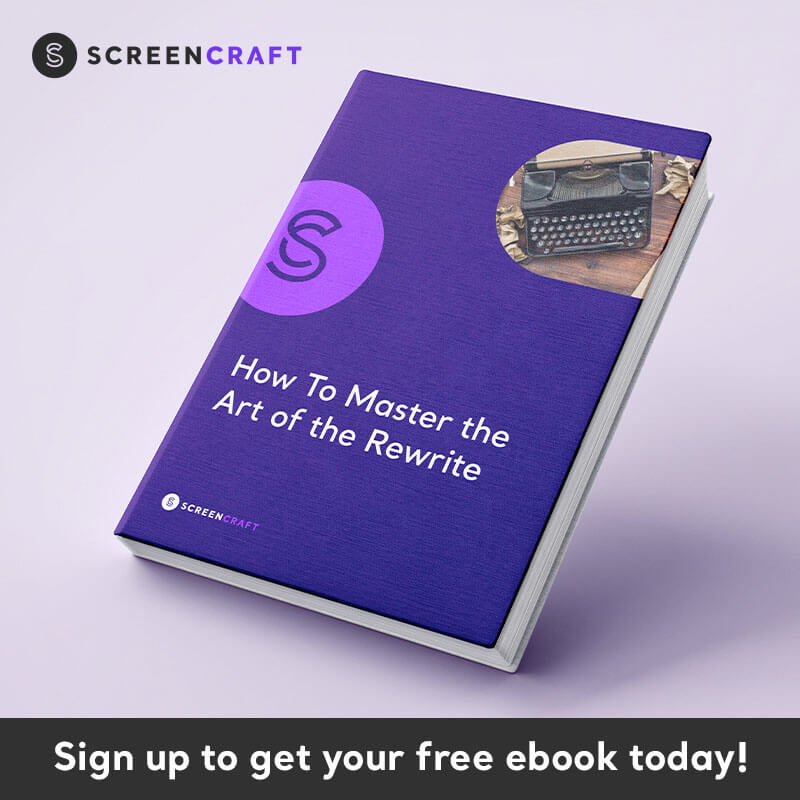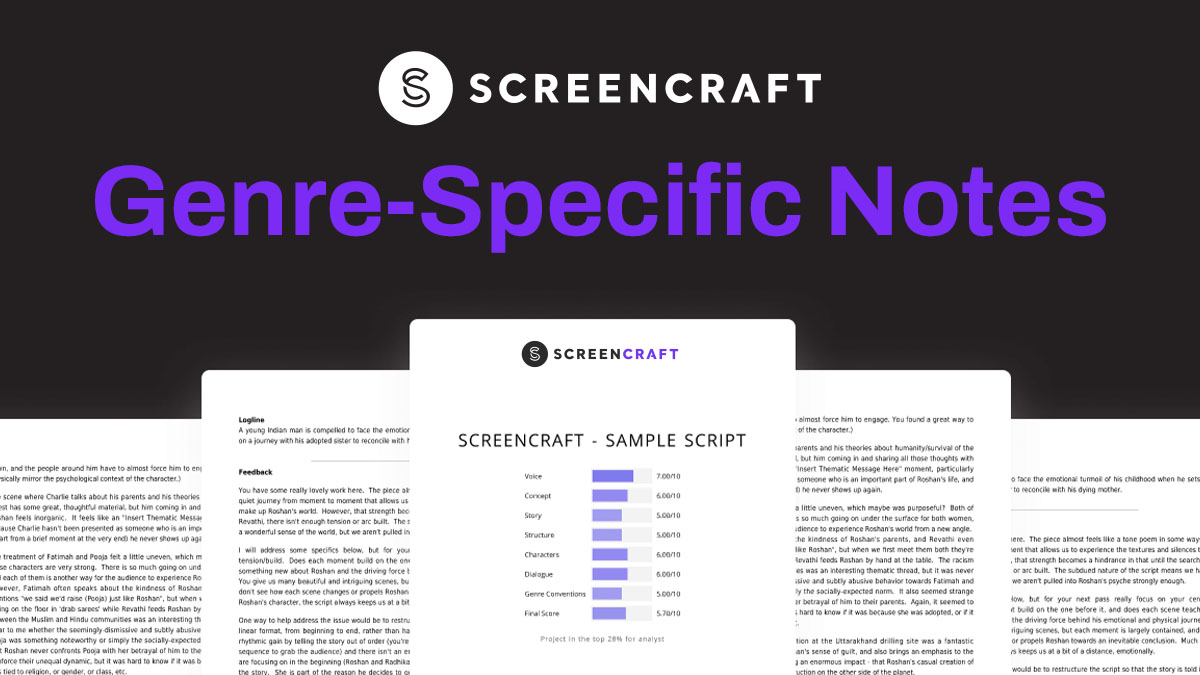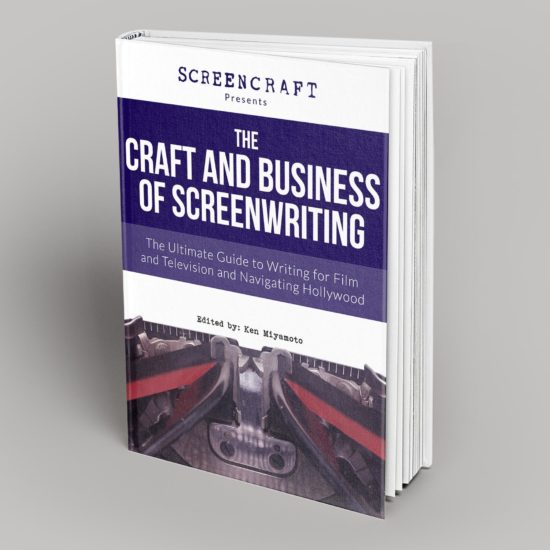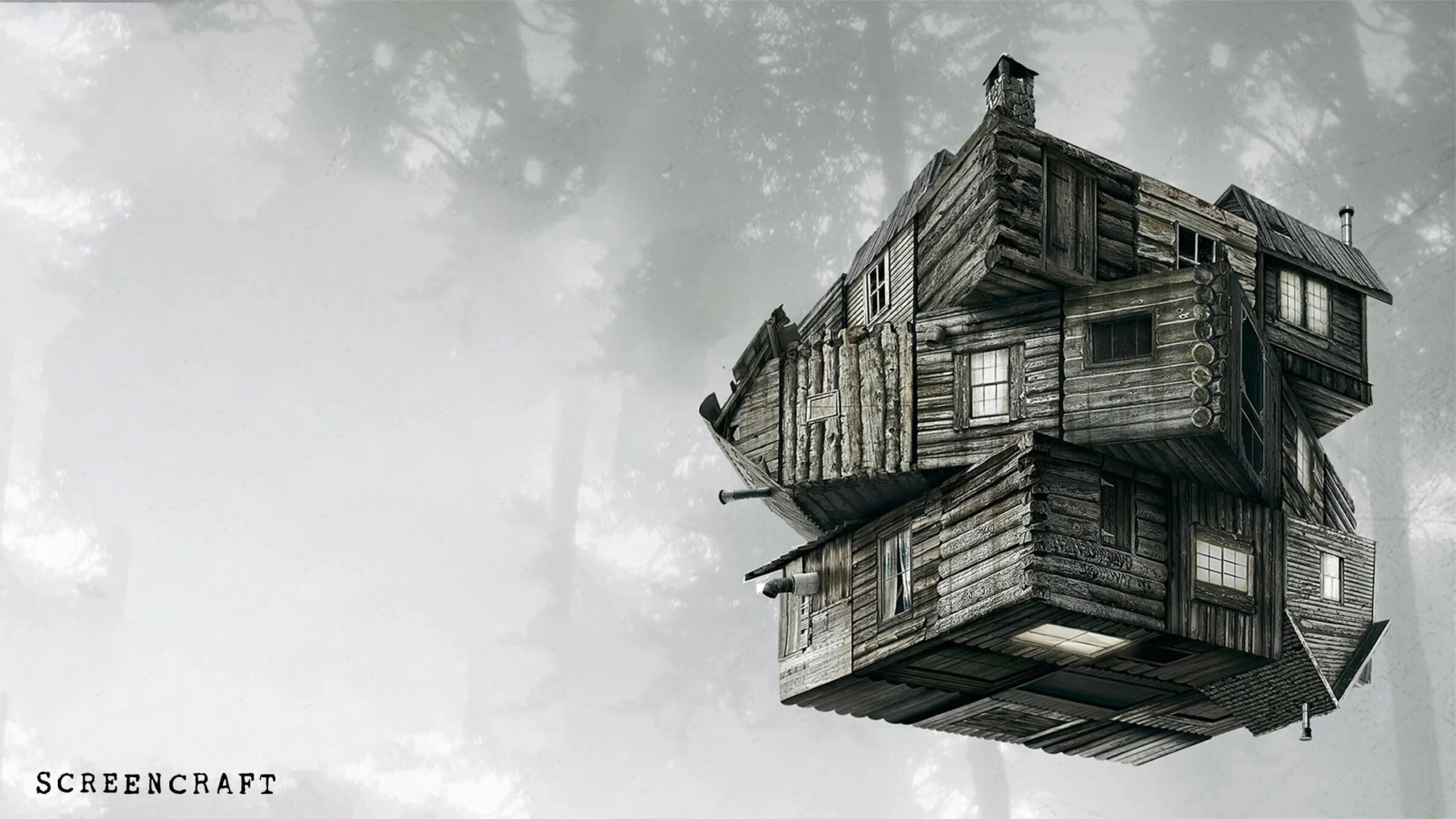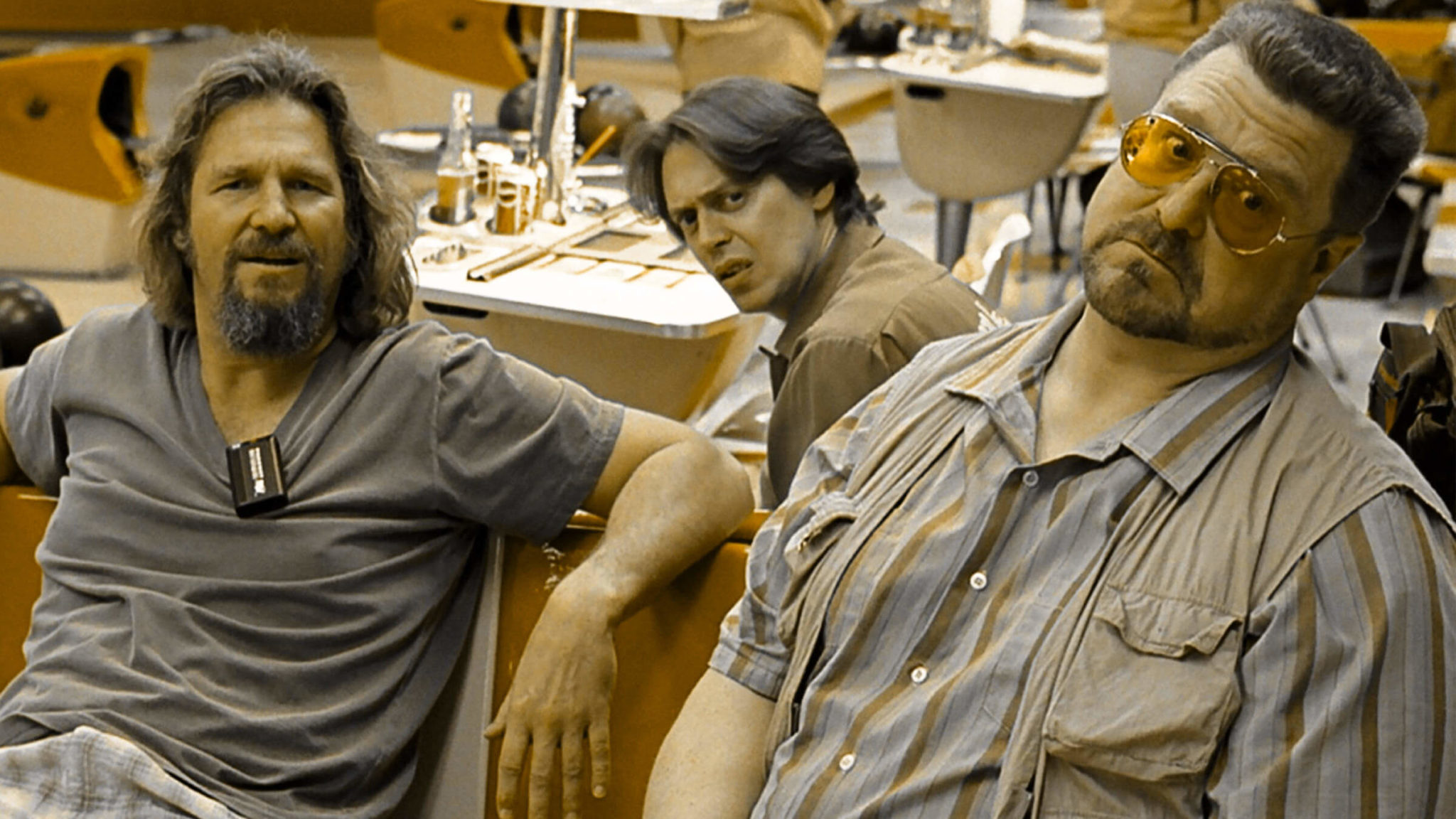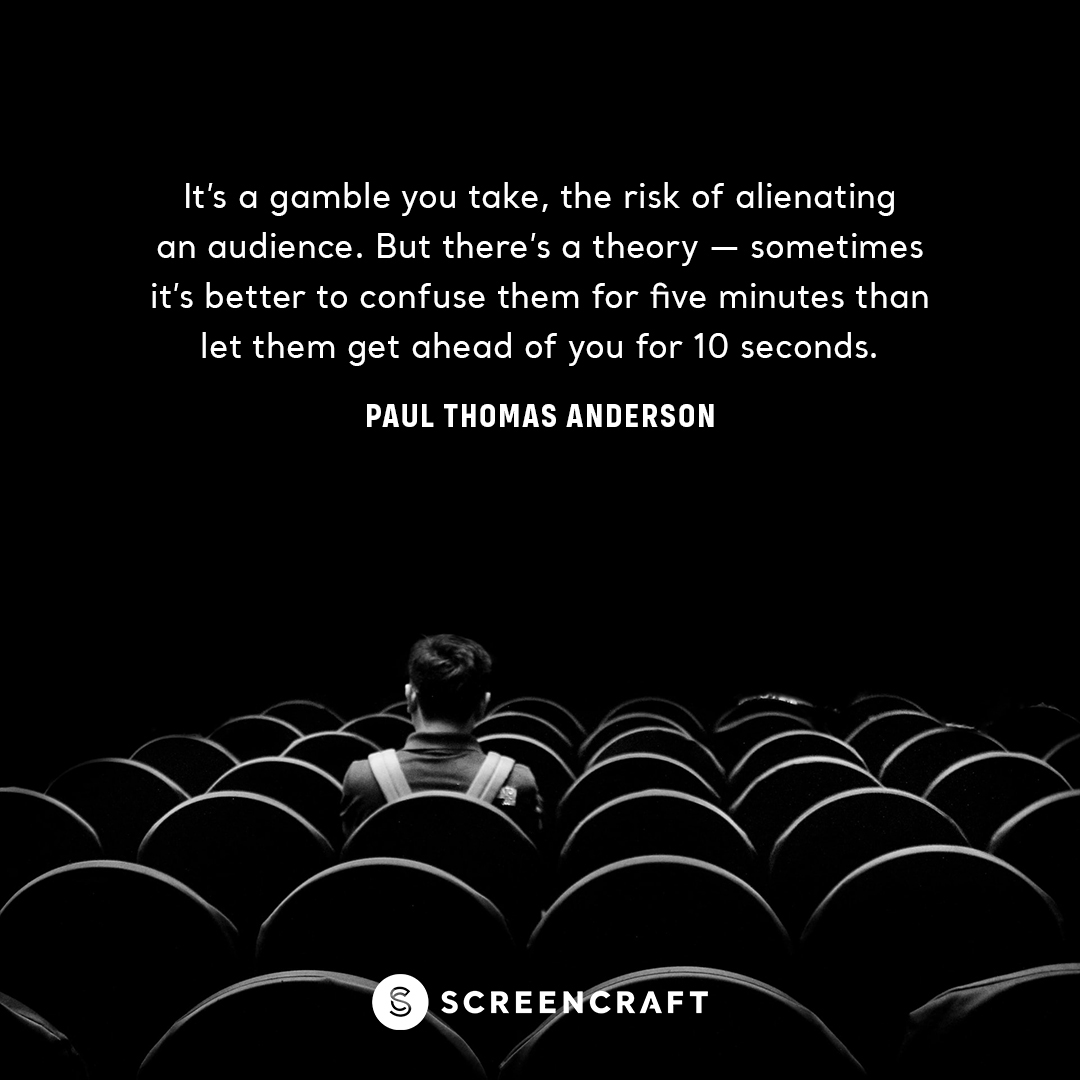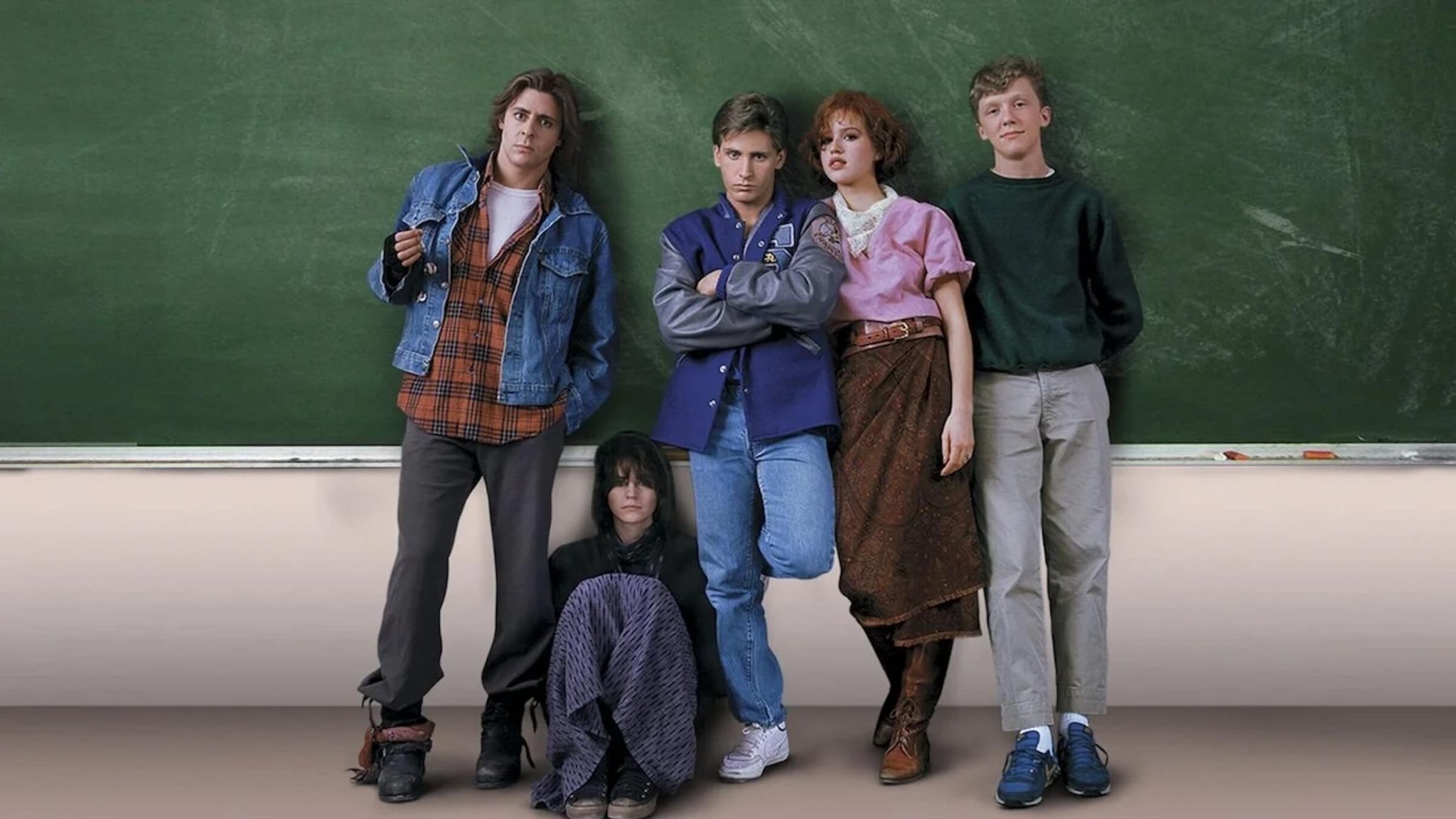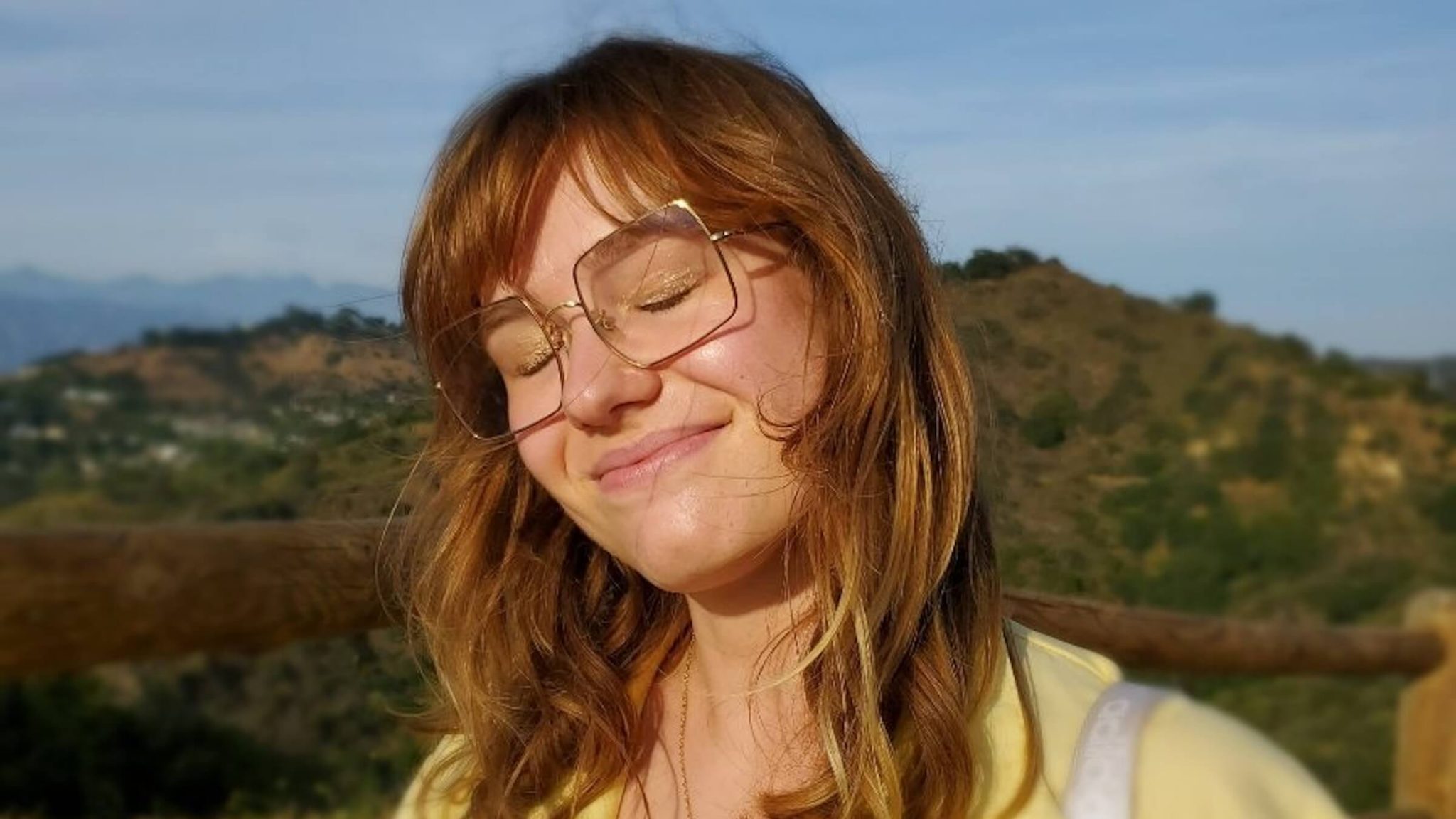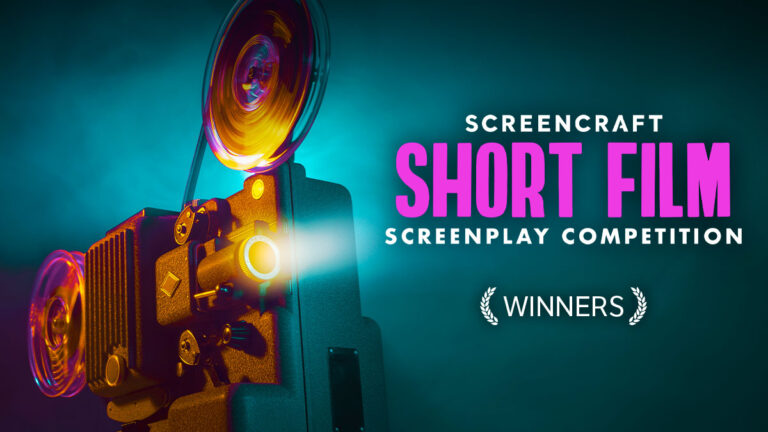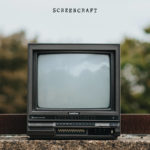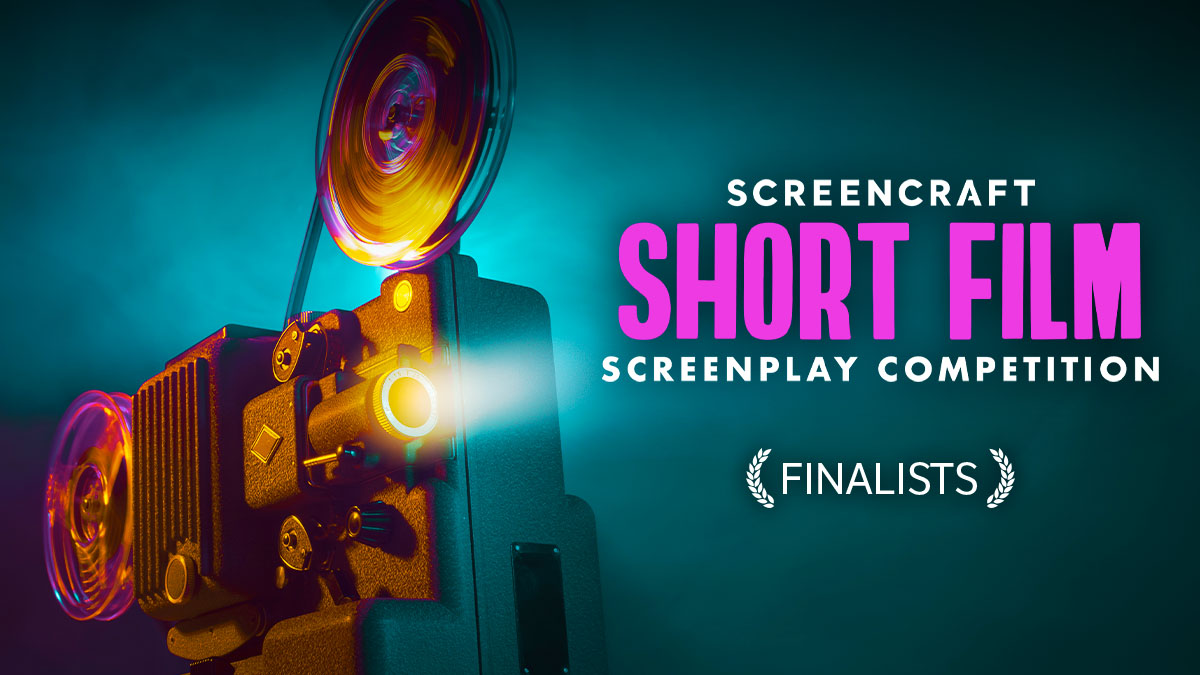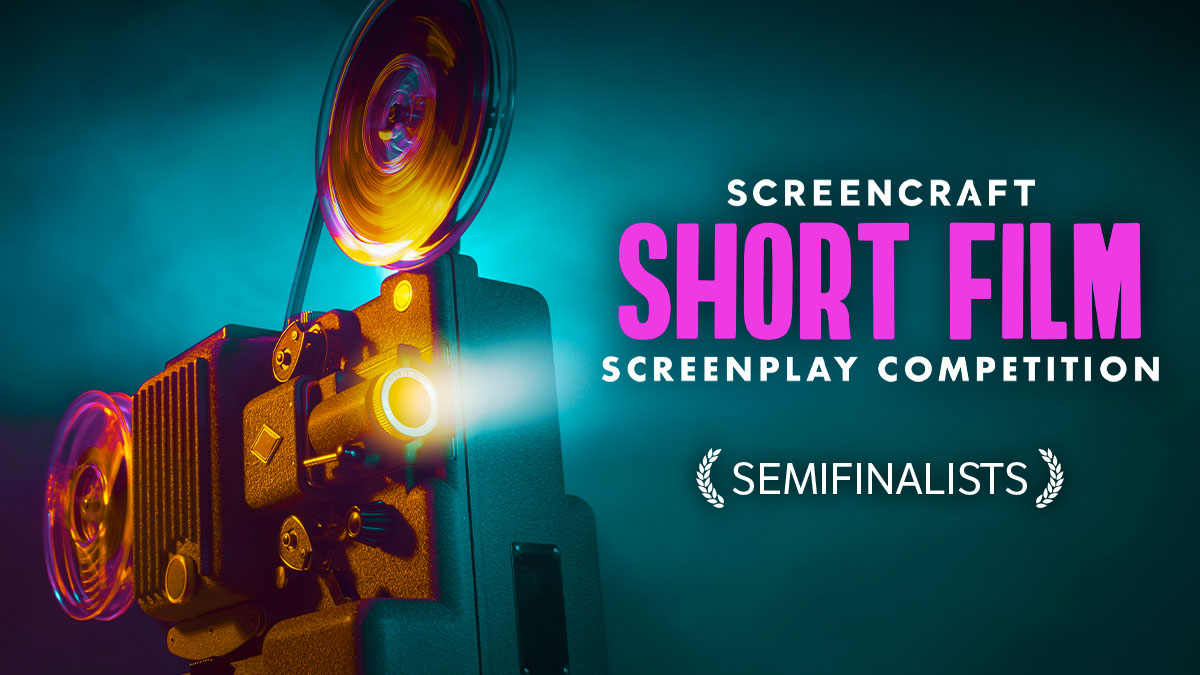5 Tips for Screenwriters: How to Write a Short Film

Increasingly, shorts are being used as proof of concept that a story “works”. Whether it’s breakout dramas like Whiplash or sci-fi smashes like District 9, a short film can provide a strong foundation for adaptation into a full feature. Bear in mind, a short film is a concise full story. It is NOT a tease, nor is it a sizzle reel or a trailer. A short film is just that – a movie that tells a complete story in a relatively short amount of time. Knowing what a short film isn’t will help us weed out a whole host of issues writers have when trying to write short films. Shorts are great because they can help a writer understand structure, concision, clarity and pacing. Most, if not all, of the following tips, can not only be applied to shorts but can also help you with writing television and features.
1. Short films are the most important moments in a character’s life.
These minutes, hours and days decide everything. As with any script, don’t waste time telling us about non-essential moments or events. Focus on the decisions, actions, and goals that define who a character is or who a group of characters are. This might involve starting your story in media res, where the audience enters a story (or a scene) that is already in motion. Most of the time we can discover the important facets of a story by watching a character do (or try to do) something. Which brings us to our next tip.
2. Remember, film is a visual medium.
This never changes. Movies are something we watch, so make sure you are delivering a story that uses visuals in an important/interesting/dynamic way. This is different from genre to genre. Action movies need to come up with exciting visual conflicts, spy films need to show people deceiving others or retrieving information in some way, and dramas need to hone in on a change in a character, or their situation, or their relationship/s. For whatever reason, people think shorts don’t need to be visually engaging. Ignore those people.
3. Show the beginning, middle, and ending of the story.
Again, a short film is not a tease for a larger story. Introduce characters with goals, show them encountering obstacles and trying to overcome those obstacles. Show us how they or their world has changed. Set up and resolve dramatic questions. If a story feels unfinished, the emotional impact will be diffused, and the third act will be anticlimactic. And yes, short films still have acts.
4. Concept driven, more often than plot driven.
We quickly understand concepts. That’s the whole point. Concepts are general ideas. The virtues of a plot aren’t always so readily apparent. Strong stories that work quickly are great for short films, but concepts are even better. Rather than investing in pages of twists and turns in a relationship or the deadly challenges of a war epic, a strong concept’s appeal is on display from page one. Shorts are useful for highlighting the urgency and originality of an idea we haven’t seen before. The Whiplash short film took the idea of a musician being mentored by a stern taskmaster to an absolute extreme. The short emphasized the visual and aural advantages of this kind of drama. This kind of original concept in drama was ripe for development into a longer feature.
As always, a caveat. There’s little reason for anyone to care about a concept unless there is a strong character perspective into the concept. The idea of a murderous shark menacing a seaside community isn’t valuable without Hooper, Quint, and Brody on the hunt for the fin-toting villain.
5. There doesn’t need to be a twist.
For some reason, a lot of short films are built around twist endings, a last-minute revelation that the rest of the story has been building to. Twists are fine. As with any plot contrivance, if it works, it works. But if there are pages of story devoted to building to the twist instead of telling the story, chances are those pages aren’t very interesting. Regardless of intent, expository dialogue or scenes that barely serve to develop the current story should be changed or eliminated. If a twist ending is dragging you into bad habits, then avoid the twist ending.
Hopefully, the above guidelines can help you on the road to long-term shorts success. Maybe you’ll even recall one of these tips as you write your next pages or scenes. Just remember: focus on clear and concise visual storytelling no matter the length of the project you’re working on.
 Shaun Leonard is an experienced writer, editor, and assistant. He is available for story consultation and script editing. Follow Shaun on Twitter @shaun_leonard
Shaun Leonard is an experienced writer, editor, and assistant. He is available for story consultation and script editing. Follow Shaun on Twitter @shaun_leonard
For all the latest ScreenCraft news and updates, follow us on Twitter, Instagram and Facebook!
Tags
Get Our Screenwriting Newsletter!
Get weekly writing inspiration delivered to your inbox - including industry news, popular articles, and more!


